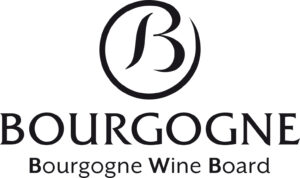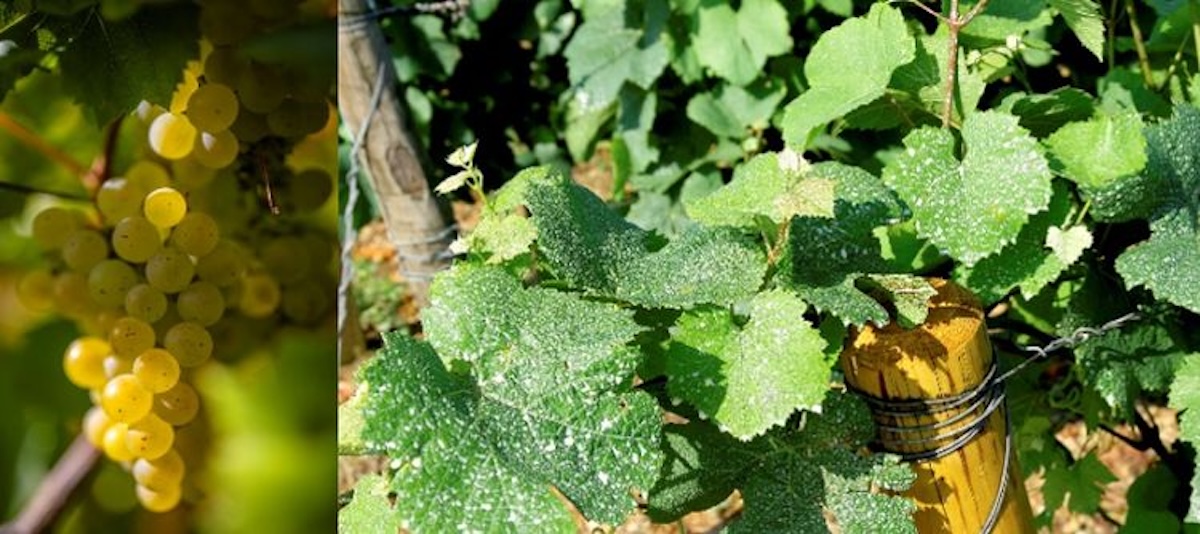
The first program, PARSADA¹ is part of a large plan initiated in 2023 by the French government. With €146 million allocated over five years, its aim is to support agricultural sectors in researching alternatives to phytosanitary products. Its guiding principle is “no ban without a solution”.
Focusing on downy mildew and black rot—two diseases that put significant pressure on northern vineyards and can lead to severe crop losses—this project is jointly supported by other French wine regions (Bordeaux, Champagne, Cognac, Alsace, and the Southwest).
In Bourgogne, the ambition is to build on work carried out since 2016 with the CAVB (Winegrowers’ Organization), now supported by a newly established regional technical unit. In the past six years, the wine industry has achieved clear progress: the use of biocontrols in treatment schedules has risen by more than 200% since 2019. By 2024, 68% of respondents held an environmental and/or CSR certification, and 25% were certified organic or in conversion. These surveys were conducted in partnership with CAVB, the Chambers of Agriculture, Bio Bourgogne-Franche-Comté, and cooperative cellars.
PARSADA aims to provide winegrowers with risk forecasts and prophylactic measures to anticipate the appearance, spread, or worsening of these diseases. It will help the industry continue its efforts to limit the use of treatments.
The Bourgogne Wine Board will:
- Dedicate five years to structuring and coordinating a regional network of technical advisors specializing in fungal diseases, drawn from various organizations (chambers of agriculture, cooperatives, distributors, private consultants, etc.)
- Lead a “think tank” to foster innovations based on winegrowers’ field experience
The second project, CAP-2050, aims to strengthen the resilience of Bourgogne vineyards to climate change by 2050. Launching in January 2026 for three years, its ambition is to design and test innovative viticultural systems that will enable Bourgogne wine businesses to adapt to future production conditions while remaining economically viable by 2050.
The Bourgogne Wine Board will:
- Lead the project with the INAO, the CAVB, and several Bourgogne négociants and estates
- Work with technical partners, including departmental Chambers of Agriculture, Vinipôle Sud Bourgogne, and Bio Bourgogne-Franche-Comté
- Involve local actors (EPL² , University, etc.)
- Integrate into a national demonstrator network led by IFV: VITILIENCE
This project is distinctive in its reliance on a “combination of levers,” tested in a demonstrator model to explore new production systems. Several small changes in the production process can, when combined, significantly strengthen the system’s resilience.
The CAP-2050 actions will be applied to three Bourgogne grape varieties (Chardonnay, Pinot Noir, and Aligoté) across the entire region (Mâconnais, Côte Chalonnaise, Côte de Beaune, Côte de Nuits, Hautes Côtes de Beaune and Nuits, Chablis, and the Grand Auxerrois).
Four Key Combinations of Levers to Apply in the Vineyard:
- Diversifying plant material: develop new vinification approaches incorporating resistant varieties (RESDUR1) and historic ones (Melon de Bourgogne, Petit Meslier, Gouais, etc.) valued for their acidity and aromatic diversity.
- Protecting against climatic hazards (frost, hail, sunburn): coordinate innovative tools (shade nets, tarps, or other systems) combined with soil management and winemaking practices.
- Reducing carbon footprint through planting density and plant material: study the impact of different vine training systems (5,000 vs. 10,000 vines/ha) on reducing greenhouse gas emissions.
- Managing heat stress and preserving wine typicity: implement technical winemaking measures to cope with increasingly frequent heat spikes during harvest (night picking, grape cooling, canopy management, etc.).
In CAP-2050, the Bourgogne Wine Board will also partner with the UNESCO Chair “Wine Culture and Traditions” at the University Bourgogne Europe and the consultancy PArHis (Patrimoine-Archive-Histoire) to highlight how wine merchants and estates historically adapted their businesses during past crises and disruptions. This research will be presented as a traveling exhibition in winegrowing villages that request it.
The data collected through this project will provide companies in the sector with valuable references to develop their own strategies. CAP-2050 will rely on a primary demonstrator—Vinipôle Sud Bourgogne—and a network of pilot wineries in all Bourgogne. Over three years, the program will bring a series of events to Bourgogne merchants and estates, held close to businesses throughout the region. Notably, the program will include office hours at the three Cités des Climats et vins de Bourgogne.

